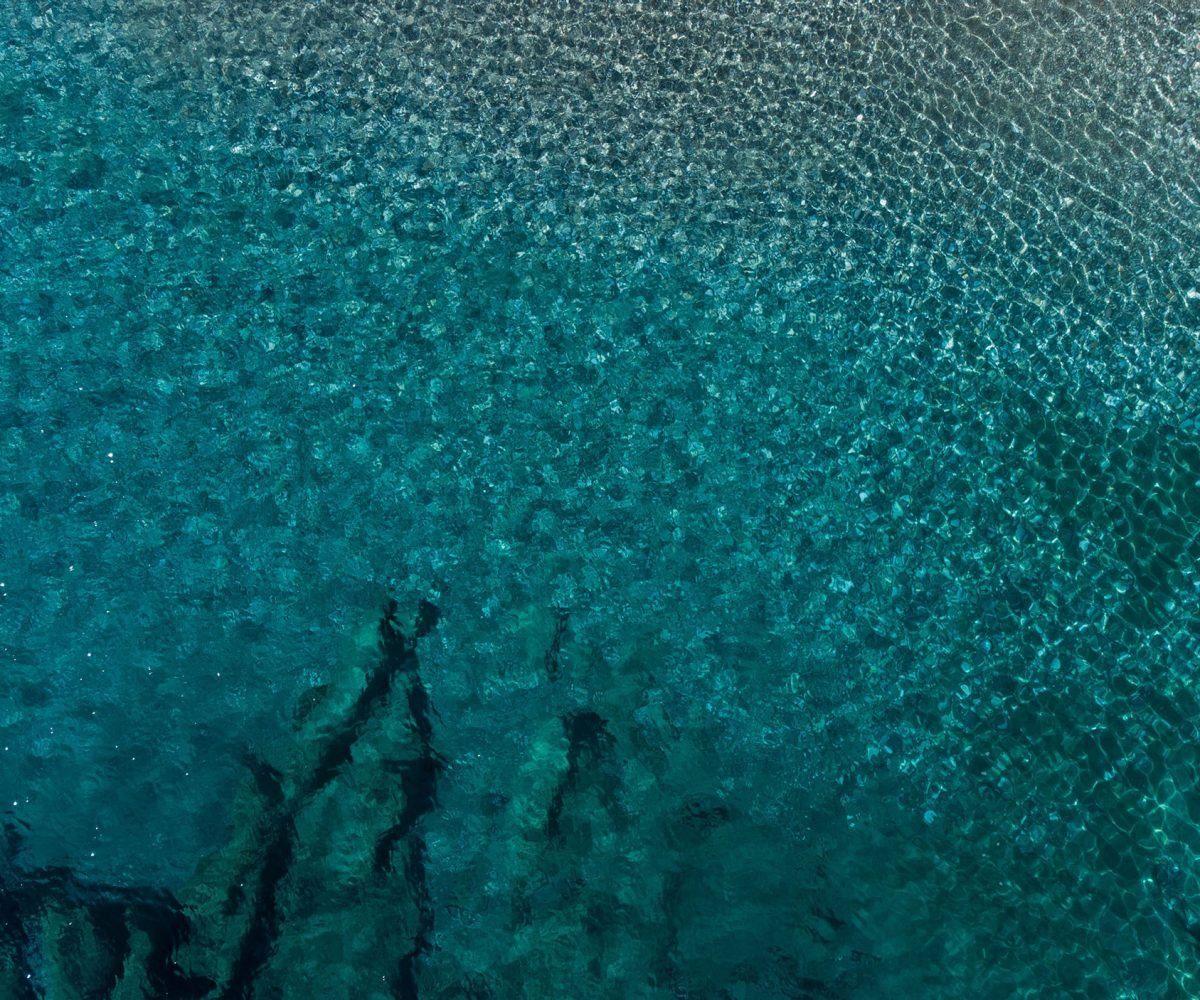Discover the breathtaking landscapes of Kefalonia.

Embrace your adventurous side
Several adventurous activities in Kefalonia involve rock climbing, paragliding over Myrtos Beach, mountain hiking & Jeep Safari.

Take a dive into the turquoise waters
Fully embody the crystal clear turquoise waters of Kefalonia. Also, various water activities include water-ski, jet-ski, canoeing, water-cycling, etc.

Immerse yourself in a new culture
The island of Kefalonia is known for its amazing culture. From its traditional wines and cuisine, to its history and religion. Many tours are offered for those who seek to learn more about the island.
Culture

Cuisine
Kefalonian cuisine is rich in the flavours of the Mediterranean. Specialties consist of local ingredients found on the island, especially olives, lemons, vegetables, tomatoes and fish. Many dishes hark back to the days when cooks put all the ingredients in a single pot and left it to simmer all day.
Wine
Wine cultivation in Kefalonia dates back at least 3,500 years and, according to Homer’s Odyssey, Laertes bestowed 50 different grape varieties on his son, Odysseus. Today, 48 of these varieties are still cultivated in Kefalonia’s vineyards, the most well-known of which is Robola, one of the finest Greek white wines.
Olives
In Kefalonia, there is a large cultivation and production of olives and olive oil. Did you know that olive oil is an antidote for ammonia poisoning?
Churches and Monasteries
There are plenty churches and monasteries in the island such as Panayia Lagouvarda, Saint Andreas Monastery, Kipouria Monastery, Sissia Monastery, Saint Spyridon, Aghia Paraskevi, St Gerassimos, St Barbara’s Monastery, Church of the Virgin and The Metropolis.
Odysseus
Odysseus was a legendary Greek king of Ithaca and the hero of Homer’s epic poem the Odyssey. Odysseus also plays a key role in Homer’s Iliad and other works in the Epic Cycle.


HMS Perseus
On the night of 6 December 1941, the submarine HMS Perseus was patrolling the straights between Kefalonia and Zakynthos when suddenly a tremendous explosion shuddered the submarine from stem to stern. She had struck an Italian mine. What followed was probably the single most remarkable survival story to come out of WWII.
The 1953 Earthquake
In 1953 one of the world’s most powerful earthquakes destroyed the islands of Kefalonia and Zakynthos and affected the islands of Lefkas and Ithaka.